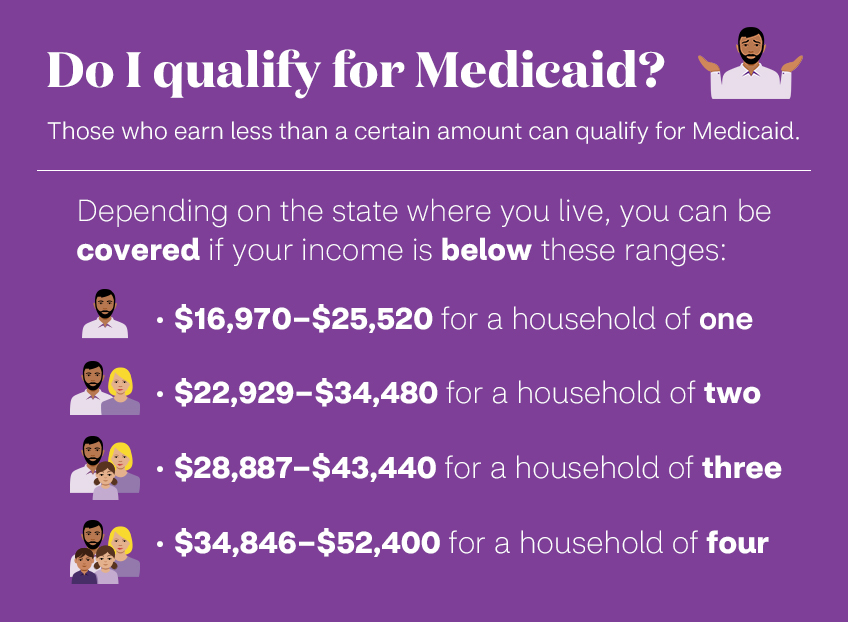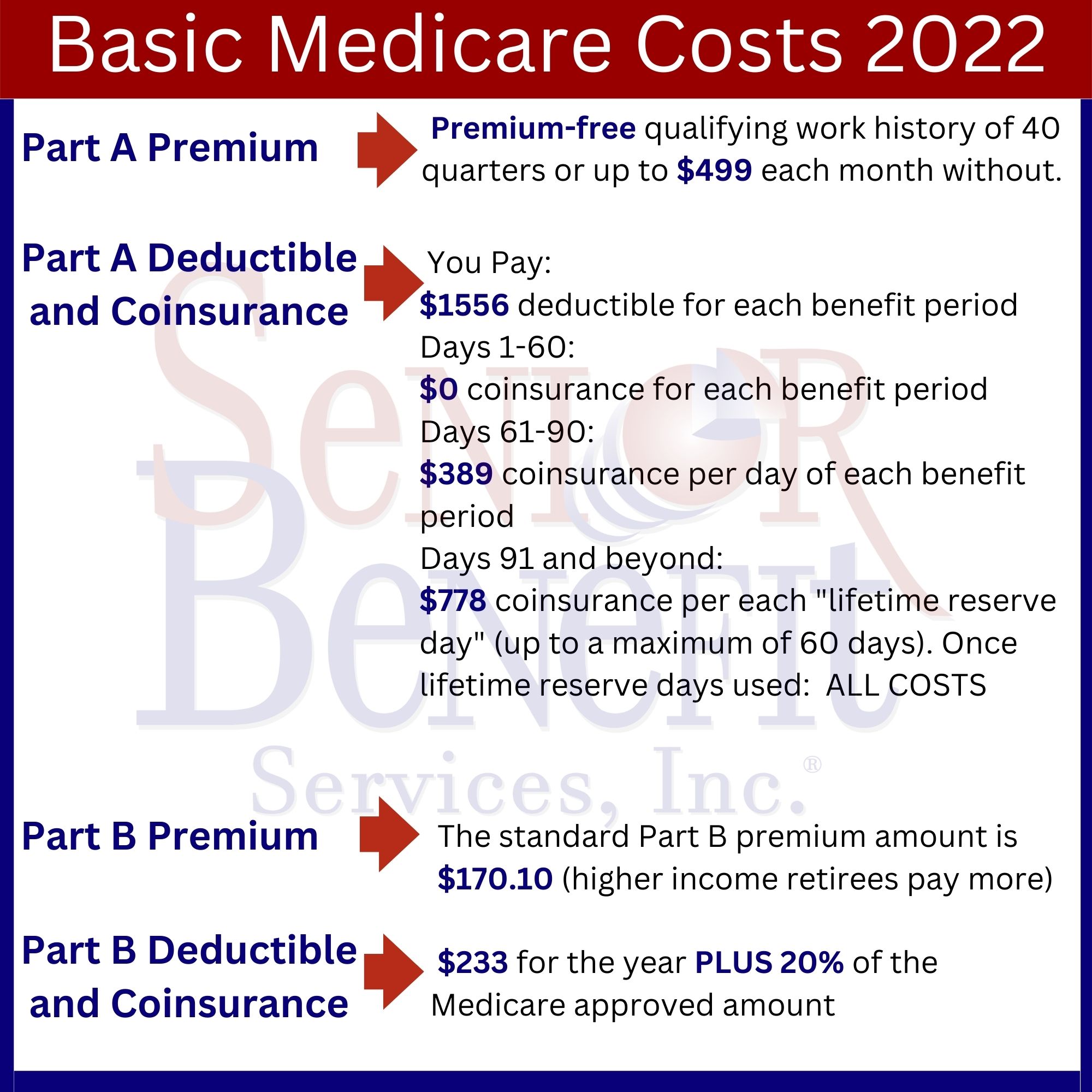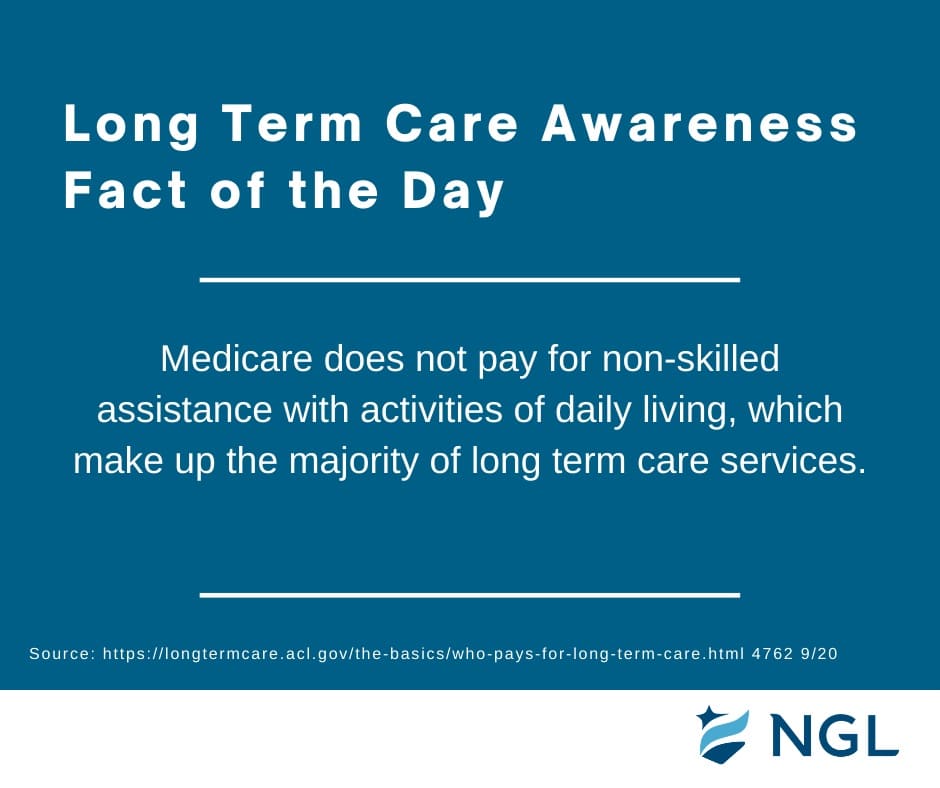The terms Medicare and Medicaid are often used interchangeably, but they are two distinct government programs designed to provide health insurance coverage to different segments of the population. While both programs aim to ensure access to medical care, they have distinct eligibility requirements, coverage options, and funding mechanisms. Medicare primarily serves seniors, disabled individuals, and those with end-stage renal disease, whereas Medicaid focuses on low-income families, children, and the elderly. Understanding the differences between these programs is crucial for individuals seeking to navigate the complex healthcare system and ensure they receive the appropriate coverage.
Understanding the Difference between Medicare and Medicaid
Medicare and Medicaid are two government programs in the United States that provide health coverage to different segments of the population. While both programs are designed to help individuals and families obtain necessary medical care, they have distinct eligibility requirements, coverage options, and funding sources.
Eligibility Requirements
Medicare is primarily for people 65 or older, certain younger people with disabilities, and people with End-Stage Renal Disease (permanent kidney failure requiring dialysis or a transplant). Medicaid, on the other hand, is for low-income individuals and families, including children, pregnant women, parents, seniors, and people with disabilities.
Program Structure
Medicare is a federal program administered by the Centers for Medicare & Medicaid Services (CMS). It is divided into four parts: Part A (hospital insurance), Part B (medical insurance), Part C (Medicare Advantage), and Part D (prescription drug coverage). Medicaid, however, is a joint federal-state program, with each state having its own program. It covers basic health care, including doctor visits, hospital stays, and long-term care.
Costs and Funding
Medicare is funded by payroll taxes, premiums, and general revenues. It is primarily funded by the federal government. Medicaid, on the other hand, is funded jointly by the federal government and individual states, with each state having a significant amount of control over its program, including eligibility and benefits.
Benefits and Services
Medicare generally covers hospital stays, doctor visits, lab tests, surgeries, home health care, and medical equipment. It also covers some preventive care, such as flu shots and mammograms. Medicaid covers a wide range of services, including doctor visits, hospital stays, dental and vision care, and long-term care, including both institutional and home- and community-based care.
Enrollment and Participation
Enrollment in Medicare is automatic for most individuals when they turn 65. They can also choose to enroll in Medicare Advantage plans, which offer additional benefits and services. Medicaid enrollment varies by state, with some states offering automatic enrollment and others requiring application.
| Program | Eligibility | Program Structure | Costs and Funding | Benefits and Services | Enrollment and Participation |
|---|---|---|---|---|---|
| Medicare | People 65 or older, certain younger people with disabilities, and people with End-Stage Renal Disease | Federal program administered by CMS, divided into four parts | Funded by payroll taxes, premiums, and general revenues | Covers hospital stays, doctor visits, lab tests, surgeries, home health care, and medical equipment | Enrollment is automatic for most individuals when they turn 65 |
| Medicaid | Low-income individuals and families, including children, pregnant women, parents, seniors, and people with disabilities | Joint federal-state program, with each state having its own program | Funded jointly by the federal government and individual states | Covers doctor visits, hospital stays, dental and vision care, and long-term care | Enrollment varies by state, with some states offering automatic enrollment and others requiring application |
What is the highest income to qualify for Medicaid?
Income Limits for Medicaid
Medicaid, a government program that helps low-income individuals and families with medical costs, has varying income limits for eligibility. These limits vary by state and are typically based on the Federal Poverty Level (FPL). For example, in 2023, the FPL for a family of four is $27,750. Most states set their Medicaid eligibility limits at or below 138% of the FPL, which is $38,295 for a family of four.
Expanding Medicaid Eligibility
The Affordable Care Act (ACA), also known as Obamacare, allowed states to expand Medicaid eligibility to individuals with incomes up to 138% of the FPL. However, not all states have chosen to expand their Medicaid programs. In states that have expanded Medicaid, individuals with incomes up to 138% of the FPL are eligible. In states that have not expanded, eligibility limits are generally much lower, often around 50% of the FPL.
Special Groups with Higher Income Limits
There are certain groups that may be eligible for Medicaid even if their income is above the standard limit. These include:
- Children and Pregnant Women: In most states, children and pregnant women are eligible for Medicaid with higher income limits than other adults. For example, in some states, children may be eligible with family incomes up to 200% of the FPL, while pregnant women may be eligible with incomes up to 200% of the FPL.
- Disabled Individuals: Individuals with disabilities may be eligible for Medicaid regardless of their income, as long as they meet certain disability requirements.
- Long-term Care: Individuals who require long-term care, such as nursing home care, may be eligible for Medicaid even if their income is above the standard limit, as long as they have limited assets.
Do you pay for Medicare?
In the United States, Medicare is a federal health insurance program for people who are 65 or older, certain younger people with disabilities, and people with End-Stage Renal Disease (permanent kidney failure requiring dialysis or a transplant, also called ESRD). It is administered by the Centers for Medicare & Medicaid Services (CMS).
Generally, people who are eligible for Medicare do not have to pay for it directly. Instead, they or their spouse paid Medicare taxes while they were working. However, there are some costs associated with Medicare that individuals must pay, such as premiums, deductibles, and copayments. These costs vary depending on the specific parts of Medicare an individual chooses to enroll in.
Parts of Medicare
- Part A – This part covers hospital stays, skilled nursing facility care, hospice care, and some home health care. Most people do not pay a premium for Part A because they or their spouse paid Medicare taxes while working.
- Part B – This part covers certain doctors’ services, outpatient care, medical supplies, and preventive services. Most people pay a monthly premium for Part B, which is usually deducted from their Social Security, Railroad Retirement, or Civil Service Retirement benefit.
- Part C – This part is also known as Medicare Advantage and offers health plan options run by Medicare-approved private insurance companies. These plans often include extra benefits and services not covered under Original Medicare. Premiums for Part C vary depending on the plan and the individual’s location.
- Part D – This part covers prescription drugs and is run by Medicare-approved private insurance companies. Like Part C, premiums for Part D vary depending on the plan and the individual’s location.
Medicare Premiums
Medicare premiums are based on the individual’s income. Higher-income individuals may pay more for their premiums. In 2023, the standard monthly premium for Part B is $164.90. However, some people may pay less if they get help paying for Part B and Part A premiums from their state Medicaid program.
Other Medicare Costs
In addition to premiums, there are other costs associated with Medicare, such as deductibles, copayments, and coinsurance. These costs vary depending on the specific services received and the parts of Medicare an individual is enrolled in. For example, in 2023, the deductible for Part A is $1,600, and the deductible for Part B is $233.
Does Medicare cover 100% of hospital bills?
Medicare is a health insurance program for individuals 65 or older, certain younger people with disabilities, and people with End-Stage Renal Disease (permanent kidney failure requiring dialysis or a transplant). While Medicare covers a significant portion of hospital bills, it does not cover 100% of all costs.
Medicare’s Coverage Structure
Medicare has four parts: A, B, C, and D. Each part covers different services and has different costs associated with it.
– Part A: Covers hospital stays, skilled nursing facility care, hospice care, and home health care.
– Part B: Covers doctor services, hospital services, and other medical services and supplies not covered by Part A.
– Part C: Offers health plan options run by Medicare-approved private insurance companies. These plans include all services covered under Parts A and B, and may include additional benefits such as dental, vision, and hearing coverage.
– Part D: Covers prescription drugs and many vaccines.
Out-of-Pocket Costs
Even with Medicare coverage, patients may still be responsible for out-of-pocket costs, including:
– Deductibles: A set amount a patient must pay before Medicare coverage begins.
– Copayments: A set amount a patient must pay for each service or treatment.
– Coinsurance: A percentage of the cost a patient must pay after the deductible has been met.
Medicare’s Financial Structure
Medicare is funded through payroll taxes and premiums paid by Medicare beneficiaries. It is managed by the Centers for Medicare & Medicaid Services (CMS), which sets the rates for services covered under the program. However, due to rising healthcare costs and the increasing number of beneficiaries, Medicare faces financial challenges and is projected to become insolvent in the near future without reform.
What will Medicare not pay for?
Medicare Coverage Limitations
Medicare, a government-run health insurance program for people 65 and older, does not cover all medical expenses. While it covers a wide range of services, there are certain expenses that are not covered under the program. Some of these limitations include:
- Long-term care, such as stays in nursing homes or assisted living facilities, is not covered by Medicare unless it is medically necessary and for a short period of time.
- Prescription drugs are not covered under Original Medicare, but they can be covered through a Medicare Part D plan, which is an optional add-on.
- Routine dental care, such as cleanings, fillings, and dentures, is not covered by Medicare, unless it is part of a larger medical procedure, like a dental extraction that is necessary for another medical condition.
Services Not Medically Necessary
Medicare will not pay for services that are not considered medically necessary. These services include:
- Elective surgery, such as cosmetic surgery, unless it is to correct a functional impairment.
- Experimental treatments, which are treatments that are not yet approved by the FDA.
- Alternative therapies, such as acupuncture and herbal supplements, unless they are part of a clinical trial.
Other Services Not Covered
Additionally, Medicare does not cover:
- Healthcare services received outside of the United States, unless it is an emergency situation and you are traveling within the United States and its territories.
- Personal care items, such as hearing aids, glasses, and contact lenses, unless they are part of a larger medical treatment.
- Travel expenses, unless it is for medical purposes and you are traveling within the United States and its territories.
Frequently Asked Questions
What is the main difference between Medicare and Medicaid?
Medicare and Medicaid are two distinct government-run health insurance programs that cater to different groups of people. The primary difference between the two is the population they serve. Medicare is a federal health insurance program designed for individuals who are 65 years or older, certain younger people with disabilities, and people with End-Stage Renal Disease (permanent kidney failure requiring dialysis or a transplant). On the other hand, Medicaid is a joint federal-state program that helps with medical costs for some people with limited income and resources. Medicaid recipients include low-income adults, children, pregnant women, elderly adults, and people with disabilities. While both programs provide health coverage, they have different eligibility criteria, coverage options, and funding sources.
How do the eligibility criteria for Medicare and Medicaid differ?
The eligibility criteria for Medicare and Medicaid differ significantly. To be eligible for Medicare, you must be a U.S. citizen or a legal resident who has lived in the U.S. for at least five years, be at least 65 years old, or have a qualifying disability. Additionally, you or your spouse must have worked and paid Medicare taxes for a certain number of years. In contrast, Medicaid eligibility is based on income and family size. Generally, Medicaid is available to individuals and families with incomes below a certain threshold, which varies by state. Other factors like age, pregnancy status, and disability also play a role in determining Medicaid eligibility. Unlike Medicare, which is a federal program, Medicaid is administered by each state, leading to variations in eligibility and benefits across states.
What are the coverage options for Medicare and Medicaid?
Both Medicare and Medicaid offer comprehensive health coverage, but the specifics of the coverage options differ. Medicare is divided into four parts: Part A (hospital insurance), Part B (medical insurance), Part C (Medicare Advantage), and Part D (prescription drug coverage). Medicare recipients can choose to receive their benefits through Original Medicare (Parts A and B) or a Medicare Advantage plan (Part C). Medicaid, on the other hand, provides coverage for a broad range of health services, including doctor visits, hospital stays, and long-term care. The specific benefits and services covered under Medicaid vary from state to state. While both programs cover essential health services, Medicaid often includes additional benefits such as dental and vision care, which are not typically covered by Medicare.
How are Medicare and Medicaid funded?
Medicare is primarily funded through payroll taxes paid by workers and their employers. These taxes are used to fund Part A and Part B of the program. Medicare Part D, which covers prescription drugs, is funded through premiums paid by recipients and general revenues. Medicaid, on the other hand, is jointly funded by the federal government and individual states. The federal government matches state Medicaid spending, with the matching rate varying based on the state’s per-capita income. This shared funding structure allows states to have more control over their Medicaid programs, which can result in differences in eligibility, benefits, and provider reimbursement rates across states.
I’ve been working in technology and IT since 1993 and on the Internet as a blogger and webmaster since 2004. I love technology, gadgets, movies and travel. I love researching and writing about technology, travel and cars.




